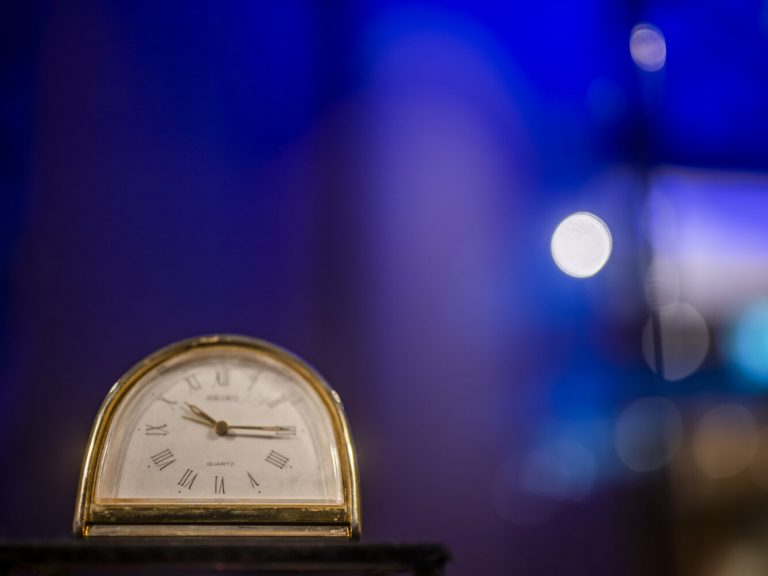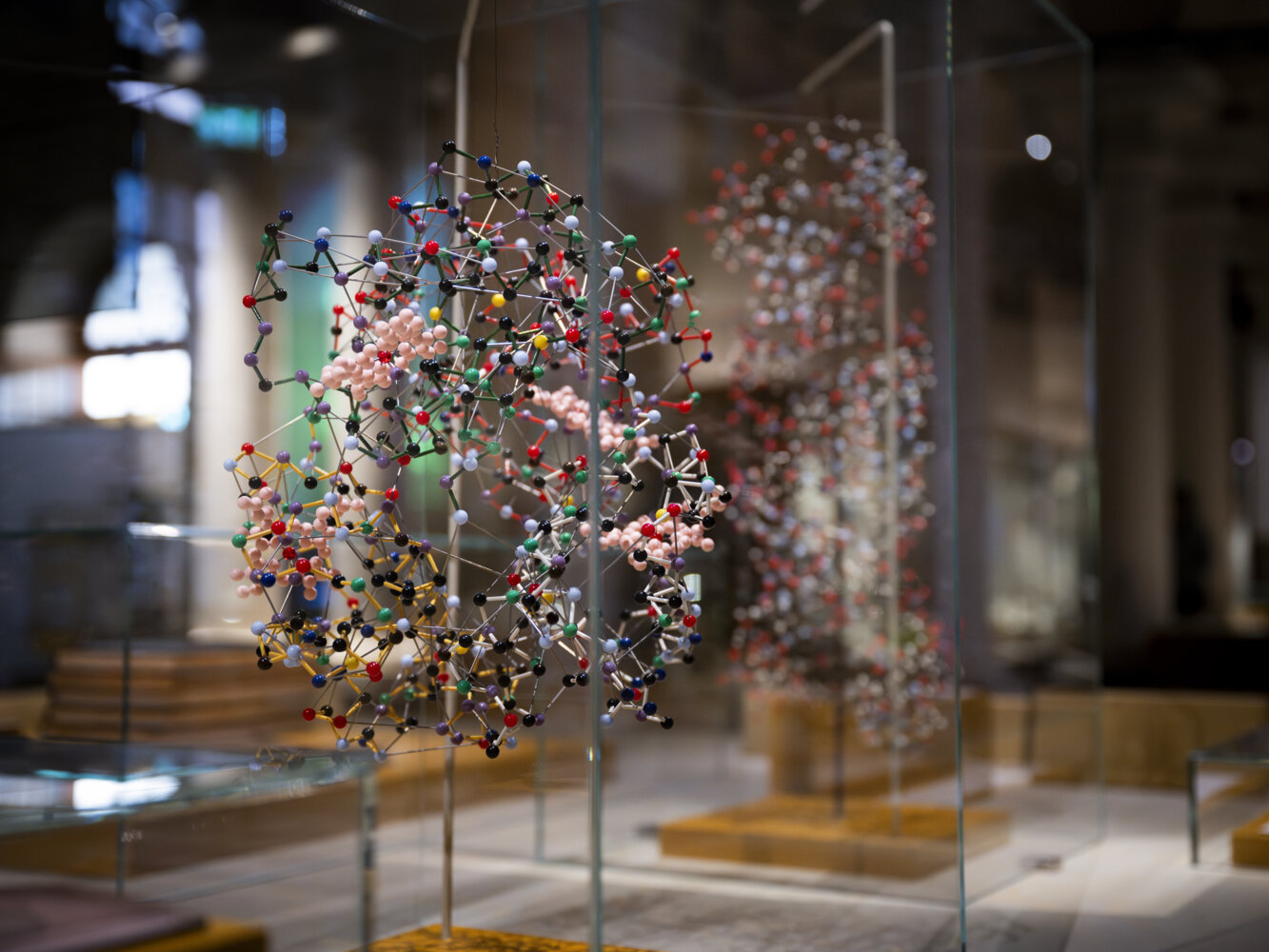Time passes, and we all perceive its presence. The hands of the clock go round and round. The sun travels across the sky again. The underground train is late, and you find yet another grey hair.
But mankind has been asking for centuries what time is. Can we even say that the future or the past actually exist? How long is the present? What existed before the beginning of time?
This exhibition presents a small selection of Nobel laureates in Physics and Literature, who have explored time in various ways. Lab objects, fragments of text, and videos give some insights into one of humanity’s remaining mysteries.
-
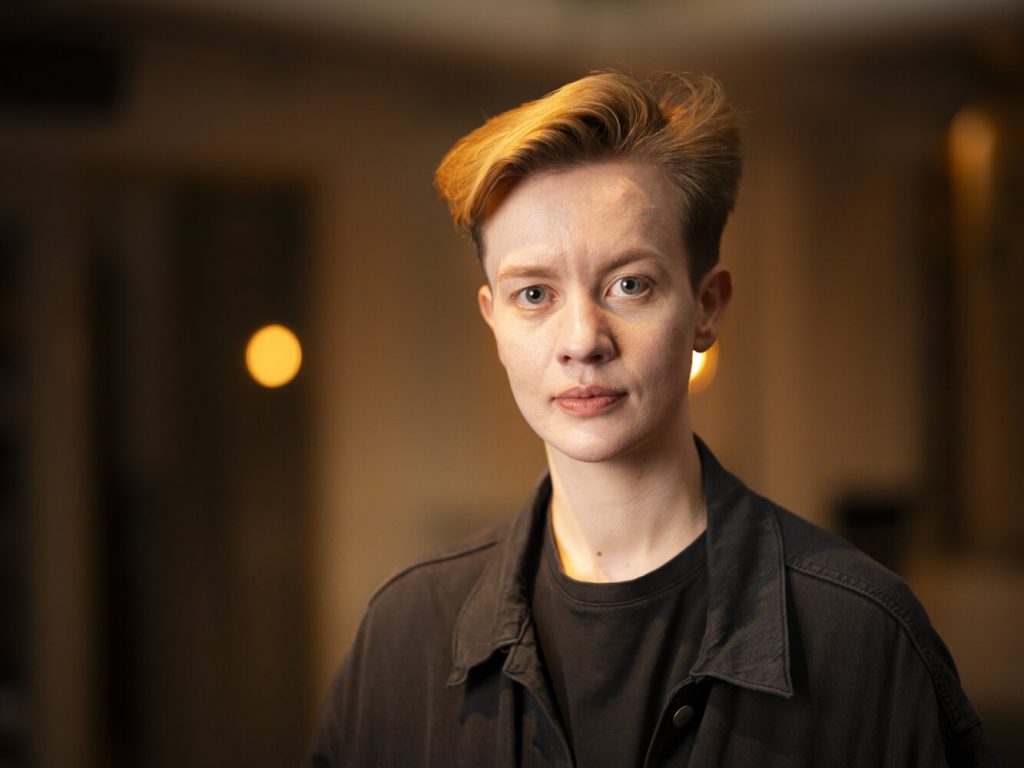
Ellen Emilie Henriksen. © Nobel Prize Outreach. Photo: Nanaka Adachi
-
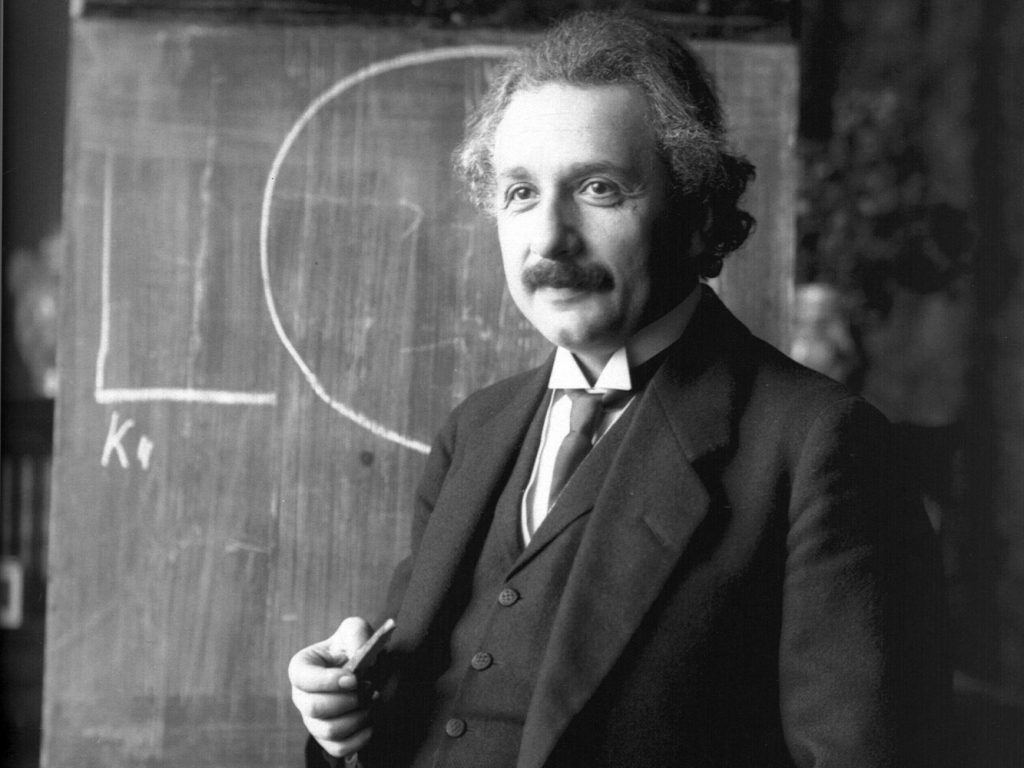
Albert Einstein. Credit: Wikipedia
-
Ellen Emilie Henriksen. © Nobel Prize Outreach. Photo: Nanaka Adachi
-
Albert Einstein. Credit: Wikipedia
What is time? On April 6, 1922, two Nobel Prize laureates met in a famous debate. In the exhibition, philosopher Ellen Emilie Henriksen tells the story of when literature laureate Henri Bergson and physics laureate Albert Einstein met in Paris to debate the nature of time.
-
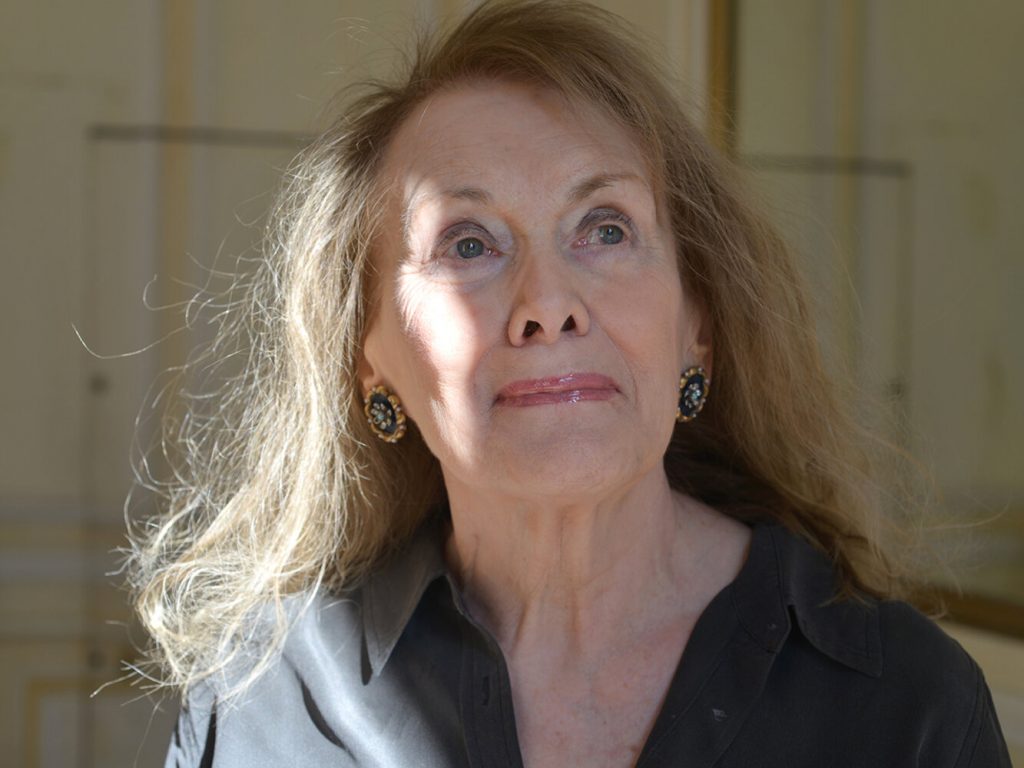
Annie Ernaux. Photo: Catherine Hélie, Gallimard.
-
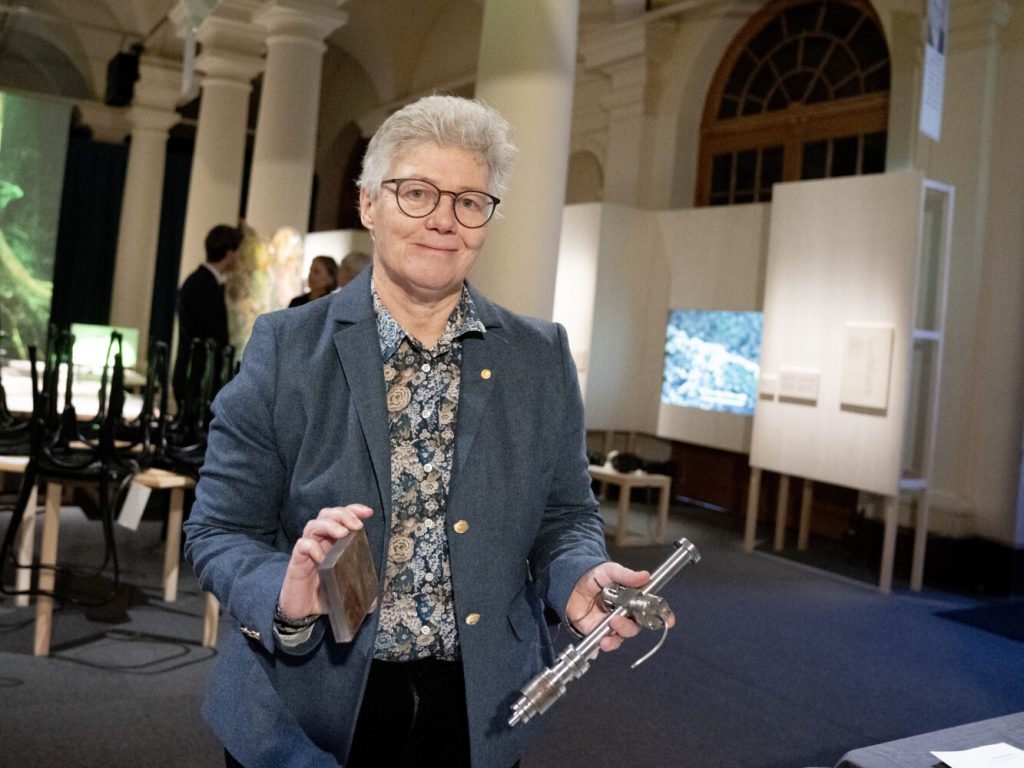
Anne L'Huillier. © Nobel Prize Outreach. Photo: Anna Svanberg
-
Annie Ernaux. Photo: Catherine Hélie, Gallimard.
-
Anne L'Huillier. © Nobel Prize Outreach. Photo: Anna Svanberg
How little time is it possible to record? An attosecond is one billionth of a billionth of a second. Using lab equipment from 2023 Physics laureates Pierre Agostini. Anne L’Huillier and Ferenc Krausz, the exhibition tells the story of their work creating attosecond pulses of light.
In literature, time is a recurring motif. Prose, poetry and drama explore the nature of time in different ways. Through literature laureates such as Annie Ernaux, Bob Dylan, Wisława Szymborska and Tomas Tranströmer, the experience of time is captured in text.
As a backdrop, the twelve-hour video work Self Portrait as Time is shown. In a performance, the british artist Marcus Coates blurs the line between himself and his wrist watch by following its movement, second by second.
Production:
Curator: Karl-Johan Cottman
Exhibition design: Birger Lipinski
Graphic design: Ateljé Grotesk
Events in the exhibition:
Meet three experts in the exhibition during the autumn. They all work with memory in different ways – through magic, scents and psychology. Welcome to meet them during six Saturdays. Through discussions and exercises, you will explore and experience new aspects of memory and time. Read more about the event The Art of Memory.
